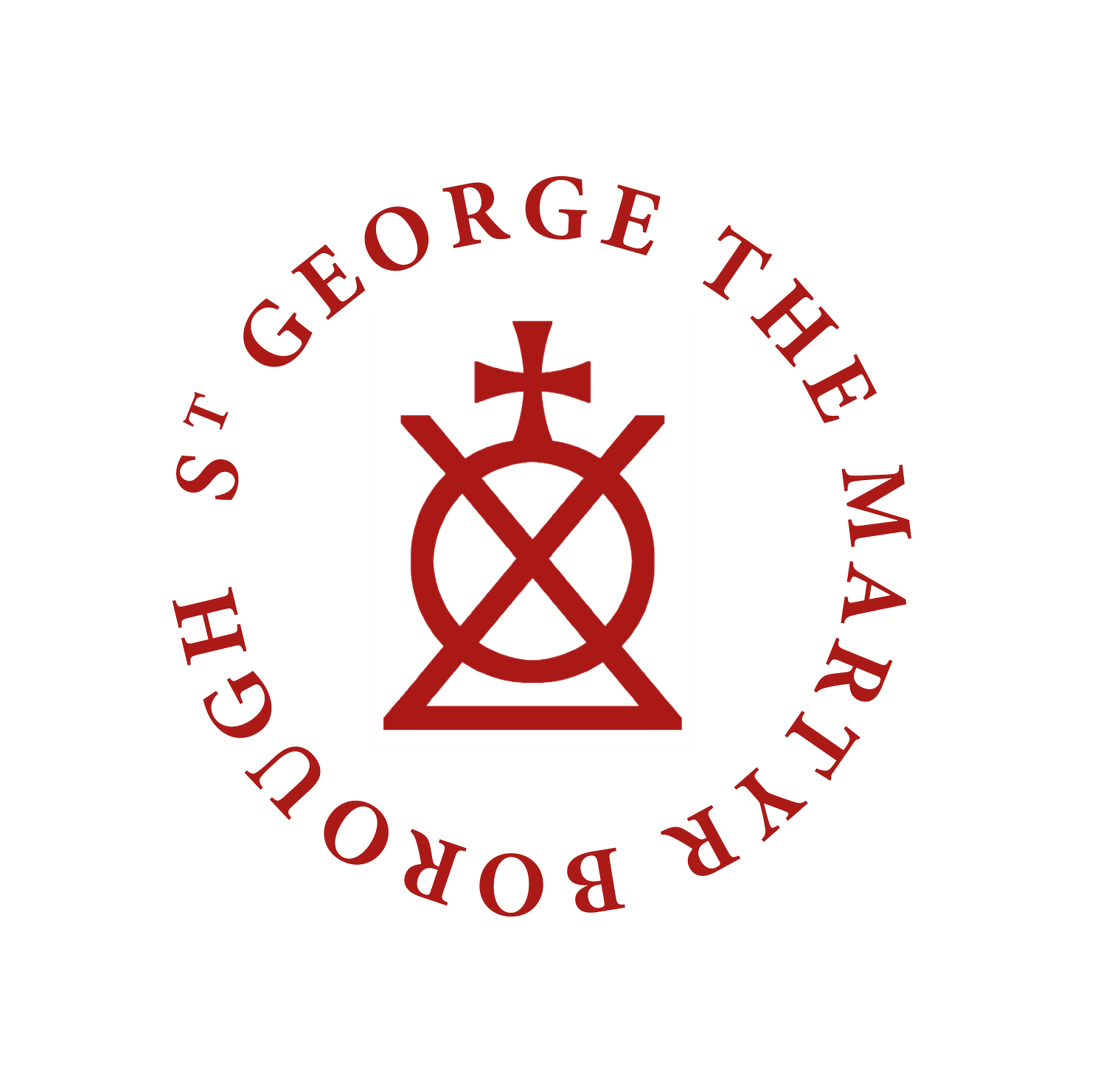Sanctuary and Lady Chapel
In 1742, the vestry minutes show that the east end of the church was ‘beautified from rail before the Communion Table’ with painting, gilding and varnishing of the carved woodwork taking place. During the 1808 restoration, the sanctuary was painted to look like mock yellow marble, as well as stucco ornaments being removed and tablets showing the Ten Commandments enlarged.
In 1897, reredos from St. Michael’s Wood Street was placed behind the altar. In 1923, it was removed to St. Mark’s, Kennington. The sanctuary used to end in line with the chancel arch and before the Second World War, the eastern sanctuary wall had paintings on it, one double painting in the centre and two flanking it. They were removed in 1939 for being out of character with the interior.
During the 1951 restoration, the sanctuary was significantly enlarged, the Holy Table extended by six inches and new altar rails moved forward. In 1952, it was repaneled and the arm chairs located there, dating from 1690, had to be destroyed due to woodworm.
The cross in the sanctuary was hand made by a parishioner, Mr. Stan Rushton, in the late 1990s. Mr. Rushton was a carpenter who lived and worked from his residence on Borough Road. Initially, the cross was not placed in the sanctuary full time, but taken out for special occasions and services. Since the incumbency of Rev. Jonathan Sedgwick, the cross has been placed in the sanctuary permanently. In late 2017, the cross was gilded around its edges and in early 2018, an ambry was installed on the sanctuary’s northern side.
Either side of the chancel arch are two 17th century burial plaques. These predate the modern building by around 130 years, and are the only remnants of the original medieval church (heavily renovated in 1629) apart from one stone held by the church. The left plaque is dated 1600 and is inscribed with a Latin inscription. The right plaque is dated 1618 and is inscribed in English.
The church used to have a separate chapel dedicated to the Virgin Mary, built in 1946. It was located in the south east corner of the church (where the piano is currently) on a raised platform, separated from the church by curtains that were attached to a rail on the ceiling.
In 1974, a deliberate fire was started in the Lady Chapel, destroying everything in it. The furnishings were replaced in it, only to be hit again by another arson attack 11th September 1979 at around 11am. This caused extensive damage to the south eastern corner of the church. Restoration was begun to fix this and was finished in 1980. By 1988, the Lady Chapel had been moved to the north east corner, where the current prayer corner is located. This chapel was then converted into the current prayer space after the restoration work in 2007.
